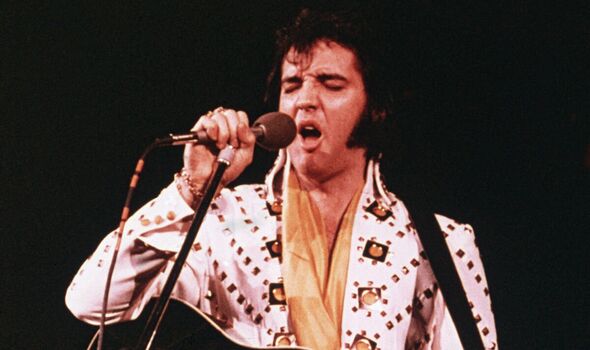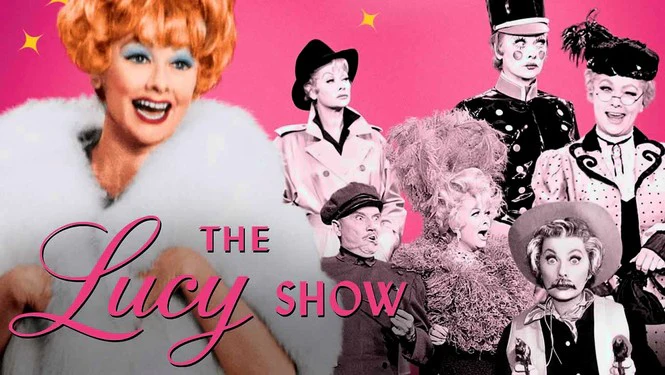"The Princess Bride," released in 1987, is a cinematic gem that has captured the hearts of audiences for decades. Directed by Rob Reiner and based on William Goldman's novel of the same name, the film masterfully blends elements of fairy tale, romance, adventure, and comedy into a story that has become a beloved classic. With its memorable characters, witty dialogue, and timeless themes of love and heroism, "The Princess Bride" continues to enchant new generations of viewers. In this article, we will delve into the film's history, plot, characters, cultural impact, and enduring legacy.
(Watch the video below)

Plot Overview
"The Princess Bride" is a story within a story, a narrative framework that cleverly draws the audience into its whimsical world. The primary storyline follows the adventures of Westley, a humble farmhand turned pirate, and Princess Buttercup, a beautiful and spirited young woman. Their love story serves as the emotional core of the film, a tale of true love that transcends obstacles and challenges.
The film's narrative is framed by a touching and humorous story of a grandfather (played by Peter Falk) reading the story to his sick grandson (played by Fred Savage). This narrative device not only provides a bridge between generations but also emphasizes the timeless and universal appeal of storytelling.
Themes of True Love and Heroism

At its heart, "The Princess Bride" is a celebration of love and heroism. The film subverts traditional fairy tale conventions by portraying its heroine, Buttercup, as far from passive. She exhibits strength, resilience, and determination as she embarks on a quest to rescue her true love, Westley, from the clutches of evil.
The theme of true love is central to the narrative, with Westley's iconic line, "As you wish," serving as a powerful symbol of his love for Buttercup. Their love story becomes a beacon of hope and perseverance, reminding audiences of the enduring power of genuine, selfless love.

Additionally, the film explores heroism in various forms. Westley's transformation from a simple farmhand into a swashbuckling hero mirrors the classic hero's journey archetype. Characters like Inigo Montoya and Fezzik also embody heroism as they overcome personal challenges to aid Westley and Buttercup.
Memorable Characters and Performances

"The Princess Bride" boasts a cast of unforgettable characters, each brought to life by exceptional performances. Cary Elwes shines as Westley, delivering a charismatic and charming portrayal that captures the hero's bravery, wit, and vulnerability.
Robin Wright's performance as Princess Buttercup adds depth to the character. She evolves from a somewhat naive princess into a determined and courageous woman, showcasing her growth and resilience.
However, it is the supporting characters who truly steal the show. Mandy Patinkin's Inigo Montoya is driven by a poignant quest for vengeance, making his character both sympathetic and admirable. André the Giant's Fezzik provides comic relief and unexpected tenderness, while Wallace Shawn's Vizzini adds an element of humor and wit to the narrative.
The film's ensemble cast, which includes memorable performances by Christopher Guest, Chris Sarandon, and Billy Crystal, contributes to its richness and depth.
Quotable Dialogue and Humor
"The Princess Bride" is renowned for its quotable dialogue and distinctive humor. Lines like "Inconceivable!" and "Hello, my name is Inigo Montoya. You killed my father. Prepare to die." have become ingrained in popular culture. The film's ability to seamlessly blend wit, sarcasm, and slapstick humor adds depth to the characters and enhances the overall enjoyment of the story.
The humor in "The Princess Bride" is multifaceted. It ranges from witty wordplay and clever banter to physical comedy and absurd situations. This diversity in humor appeals to a broad audience, making the film accessible and enjoyable for viewers of all ages.
Metafiction and Framing Device

One of the most distinctive aspects of "The Princess Bride" is its metafictional elements and framing device. The film opens with the image of a book, immediately signaling to the audience that they are about to embark on a journey of storytelling. The interactions between the grandfather and the grandson create a sense of intergenerational connection, highlighting the enduring nature of classic tales.
Moreover, "The Princess Bride" incorporates William Goldman's fictionalized persona as a screenwriter within the story. This self-awareness adds a layer of playfulness, blurring the lines between reality and fiction. It invites the audience to reflect on the storytelling process itself and underscores the idea that stories have the power to transcend time and generations.
Cinematic Aesthetics and World-Building

"The Princess Bride" transports viewers to a magical and fantastical world where larger-than-life characters and breathtaking landscapes coexist. The film's production design, costumes, and settings contribute to its immersive quality.
For example, the Cliffs of Insanity, where a daring swordfight takes place, are a visually stunning backdrop that adds to the film's sense of adventure. The Fire Swamp, with its quicksand, flame spurts, and Rodents of Unusual Size (ROUSes), provides both danger and humor.

The imposing castle, where much of the film's climax unfolds, is a grand and foreboding setting that underscores the high stakes of the narrative. These meticulously crafted elements contribute to the film's world-building and enhance the overall cinematic experience.
Legacy and Cultural Impact

Since its release in 1987, "The Princess Bride" has left an indelible mark on popular culture. It has inspired countless references in television, film, literature, and even politics. Lines from the movie are frequently quoted in everyday conversation, attesting to the film's lasting impact and enduring appeal.
"The Princess Bride" has also found a place in the hearts of fans who continue to celebrate its anniversaries, attend screenings, and engage in fan conventions. It has become a cultural touchstone, a film that people return to time and time again for comfort, laughter, and a dose of timeless storytelling.
Conclusion
"The Princess Bride" is more than a film; it is a beloved and enduring classic that has transcended generations. Its ability to seamlessly blend elements of romance, adventure, fantasy, and humor is a testament to its timeless appeal. Through its memorable characters, witty dialogue, metafictional elements, and cinematic aesthetics, the film has earned its place in the pantheon of cinematic masterpieces.
At its core, "The Princess Bride" is a celebration of love, heroism, and the power of storytelling. It reminds us that true love can conquer all obstacles, that heroes can come in unexpected forms, and that stories have the capacity to connect us across time and generations.



